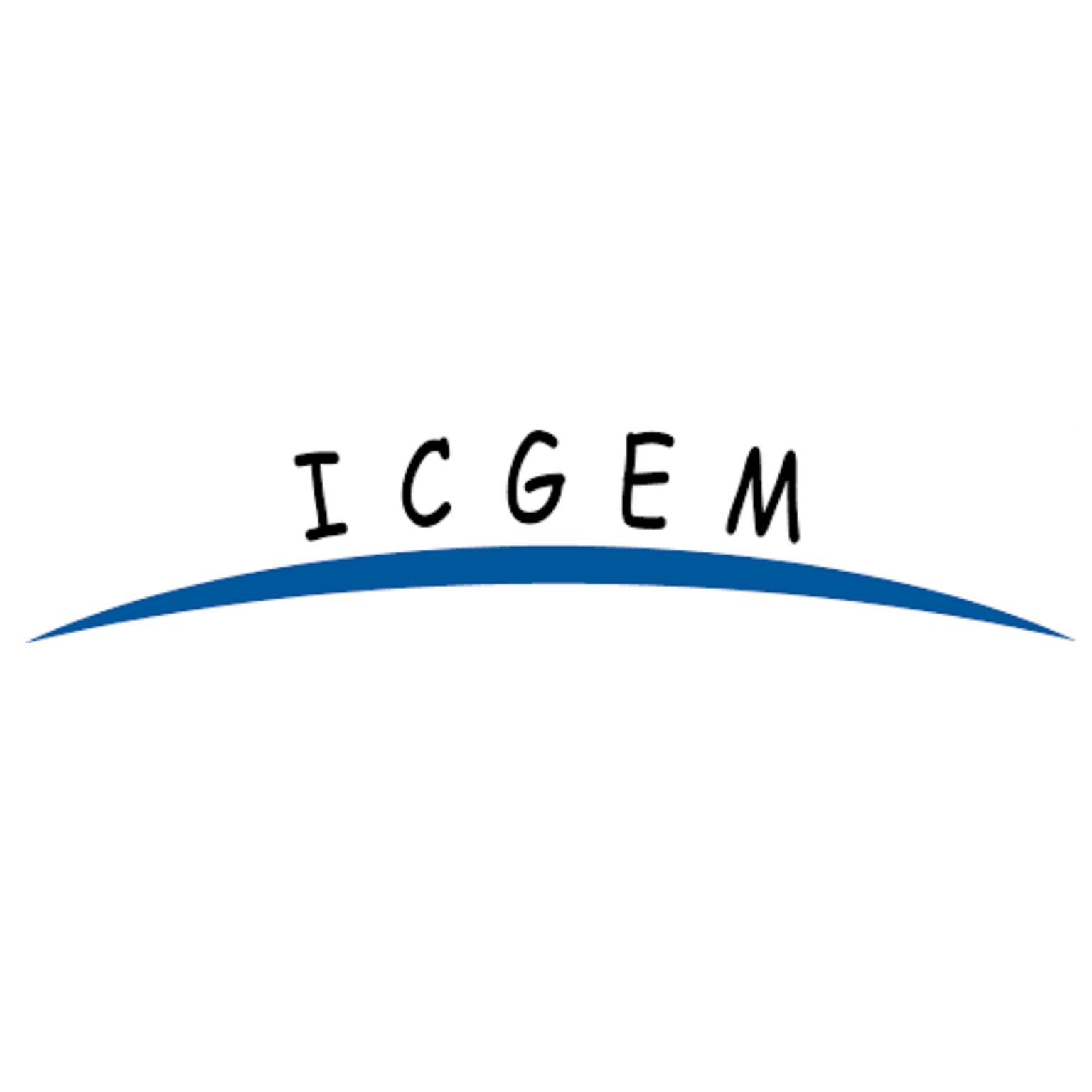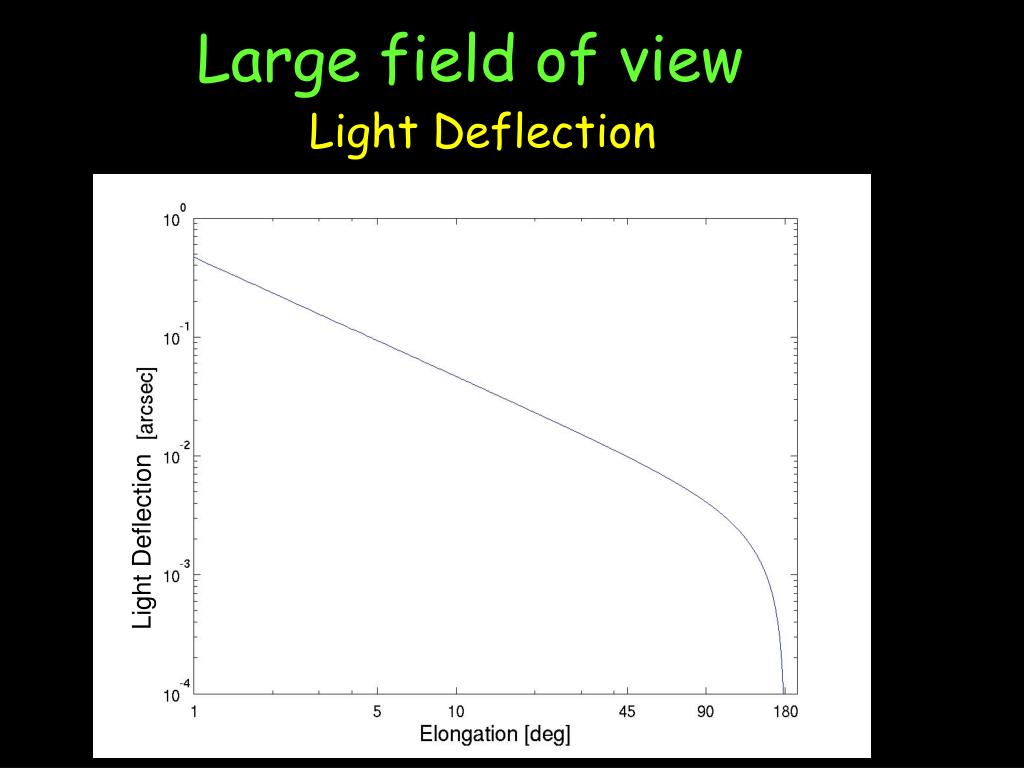



He made the first measurement of stellar parallax: 0.3 arcsec for the binary star 61 Cygni. His cataloging of 3222 stars was refined in 1807 by Friedrich Bessel, the father of modern astrometry. These measurements proved too insignificant for his telescope, but he discovered the aberration of light and the nutation of Earth’s axis. James Bradley first tried to measure stellar parallaxes in 1729. In doing so, he also invented the brightness scale still in use today. This type of work can be dated back to about 190 B.C.E., when Hipparchus used the catalog of his predecessors Timocharis and Aristillus to discover Earth’s precession. The history of astrometry is linked to the history of star catalogs, which gave astronomers reference points by which they could track the movements of objects in the sky. Also, it is useful for the study of dark matter in the galaxy and in developing models for the physical origin of the Solar System. It has helped with the discovery of extrasolar planets and many previously unobserved Solar System objects. In addition, it is useful for precise time-keeping and tracking near-Earth objects. For example, it is valuable for studies in celestial mechanics, stellar dynamics, and galactic astronomy. Although it was once regarded as an esoteric field with little practical significance, astrometry has proved extremely useful in a range of areas of contemporary astronomical research.


 0 kommentar(er)
0 kommentar(er)
